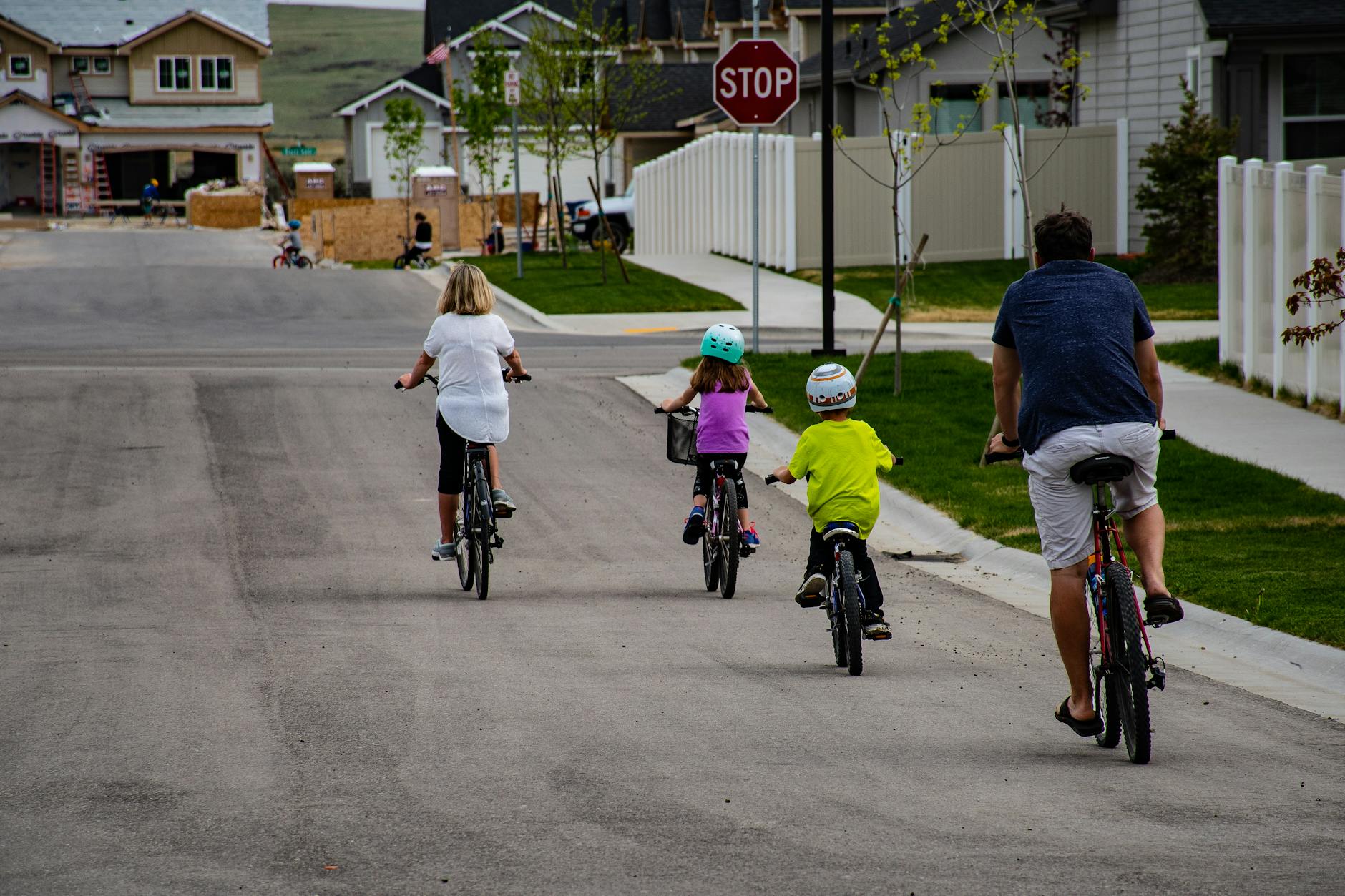Discover the must-have safety essentials for family bike adventures with little ones. Are you prepared for a safe and fun ride?
Table of Contents
Getting kids started on biking at a young age can be a wonderful way to bond as a family and promote a healthy, active lifestyle. However, choosing the right bike size for children is crucial to ensure their safety and comfort while riding. In this guide, we’ll walk you through the process of selecting the perfect bike size for your little one, along with essential safety tips for cycling with kids. We’ll also explore some of the best balance bikes on the market for 2-year-olds to help you kickstart your child’s biking journey.
How to Choose the Right Bike Size for Children
Ensuring that your child’s bike fits them properly is key to preventing accidents and maximizing their enjoyment of cycling. Here are some steps you can take to select the right bike size:
Importance of Proper Fit
Choosing a bike that fits your child correctly is essential for their safety and comfort. An ill-fitting bike can make riding difficult and increase the risk of accidents. Look for a bike that allows your child to touch the ground with their feet when seated and comfortably reach the handlebars.
Measuring Techniques
Measuring your child’s inseam and height can help determine the right bike size for them. To measure their inseam, have them stand with their feet shoulder-width apart and measure from the ground to their crotch. Use this measurement as a guide when selecting a bike size.
Adjustability
Opting for a bike with adjustable handlebars and seat heights can be beneficial, as it allows you to customize the fit as your child grows. Look for bikes that offer a range of adjustment options to accommodate your child’s changing size.
Safety Tips for Cycling with Kids
While cycling with kids can be a fun and rewarding experience, safety should always be a top priority. Here are some essential safety tips to keep in mind:
Helmet Fitting
Wearing a properly fitted helmet is non-negotiable when it comes to cycling safety. Make sure your child’s helmet sits snugly on their head and covers their forehead. Check that the straps are secure and adjust them as needed to ensure a proper fit.
Bike Maintenance
Regular maintenance is key to ensuring your child’s bike is in good working condition. Check the brakes, tires, and other components regularly to make sure everything is functioning properly. Teach your child how to perform basic maintenance tasks to instill good habits from a young age.
Teaching Traffic Rules
It’s important to educate your child about basic traffic rules and safe cycling practices. Teach them how to signal, look out for obstacles, and obey traffic signals. Practice riding in a safe, controlled environment before venturing out onto roads or busier paths.
Best Balance Bikes for 2-Year-Olds
Balance bikes are a fantastic way to introduce young children to biking and help them develop essential riding skills. Here are some top picks for balance bikes designed specifically for 2-year-olds:
Strider 12 Sport Balance Bike
The Strider 12 Sport Balance Bike is a popular choice among parents for its lightweight design and adjustable seat height. Its sturdy construction and ergonomic handlebars make it a great option for young riders.
Radio Flyer Glide & Go Balance Bike
The Radio Flyer Glide & Go Balance Bike features a classic red design and durable construction. Its cushioned seat and easy-grip handlebars provide added comfort for young riders, while its sturdy frame ensures stability.
Woom 1 Balance Bike
The Woom 1 Balance Bike is known for its exceptional quality and attention to detail. Its lightweight aluminum frame and low step-through design make it easy for toddlers to mount and dismount. The adjustable seat and handlebars allow for a customized fit as your child grows.
Riding Skills Development
Starting your child on a balance bike can help them develop essential riding skills and build confidence on two wheels. Here are some tips for nurturing your child’s biking abilities:
Starting with Balance Bikes
Balance bikes are an excellent tool for teaching children how to balance and steer on a bike without the added complication of pedals. Encourage your child to practice gliding and turning on their balance bike to develop their coordination and bike-handling skills.
Transitioning to Pedal Bikes
Once your child has mastered the basics on a balance bike, they may be ready to graduate to a pedal bike. Start with a bike equipped with training wheels to help your child get used to pedaling and braking. Gradually remove the training wheels as they gain confidence and balance.
Conclusion
Choosing the right bike size for your child and following essential safety tips are crucial steps in ensuring a safe and enjoyable biking experience for the whole family. By investing in a properly fitting bike, teaching your child proper safety practices, and starting them off on a balance bike, you can help lay the foundation for a lifelong love of cycling. So gear up, grab your helmets, and hit the road for some family bike adventures!

